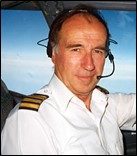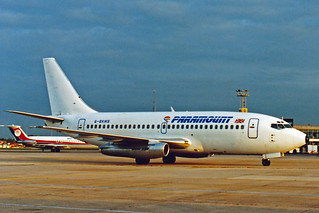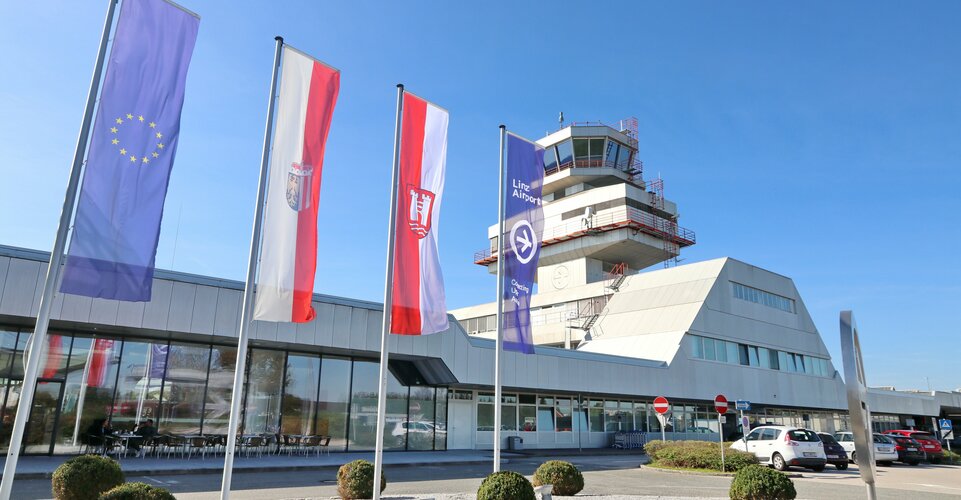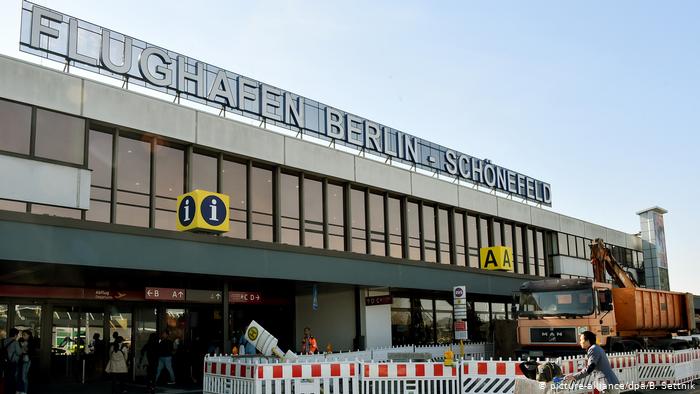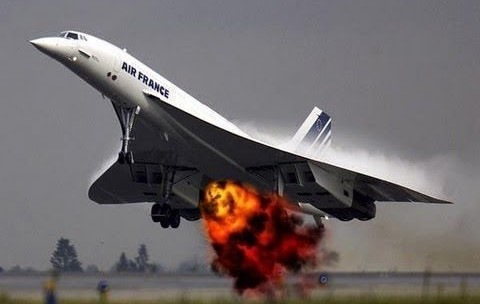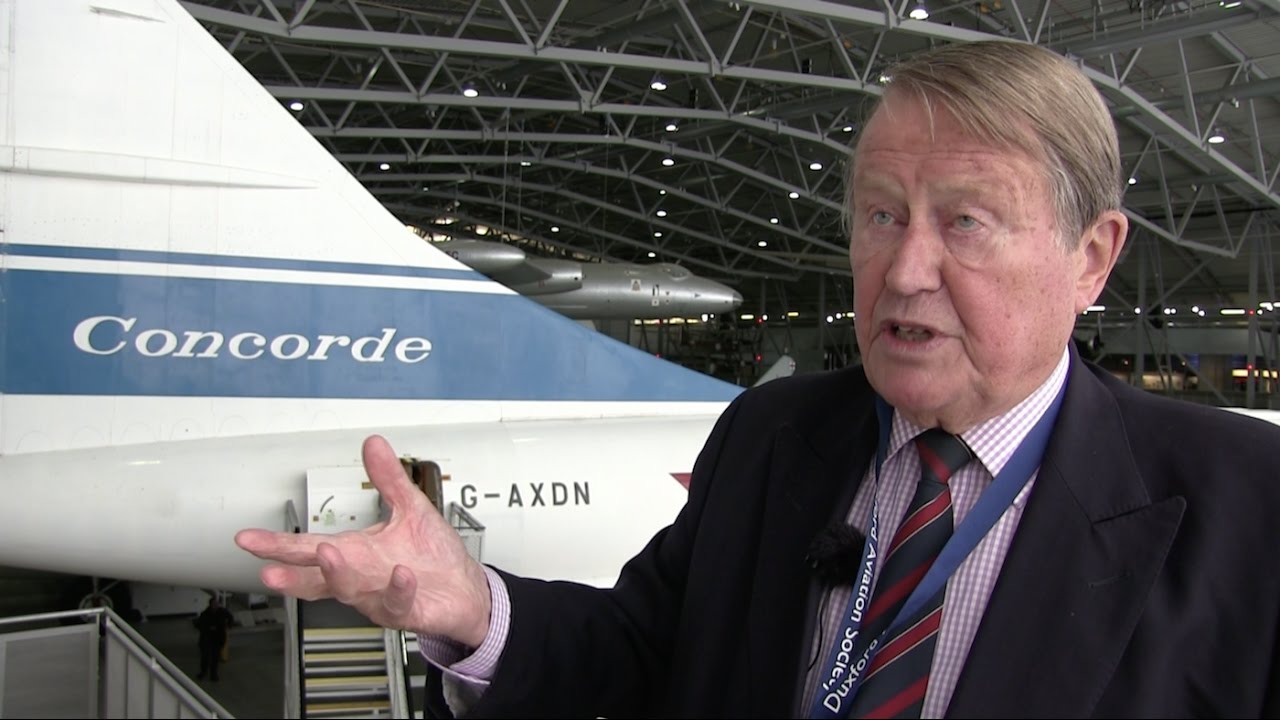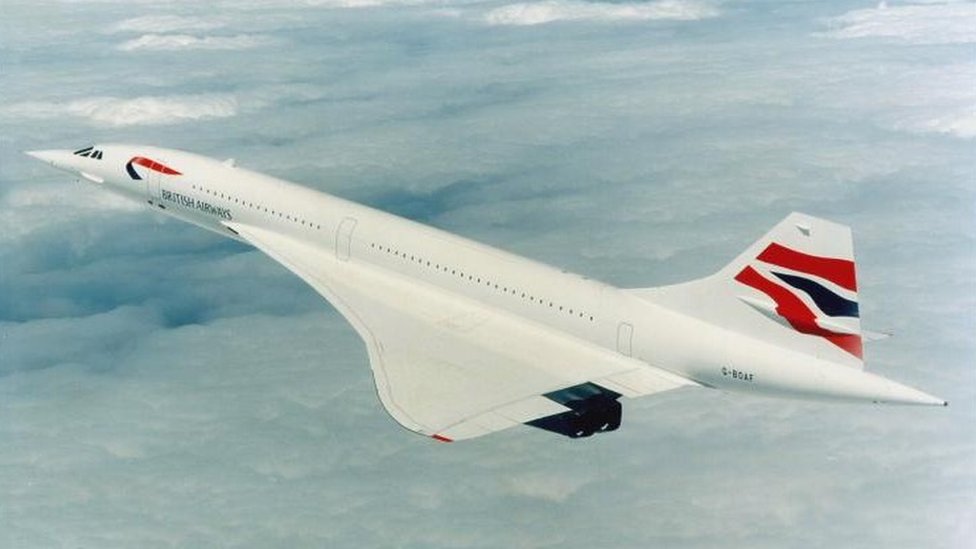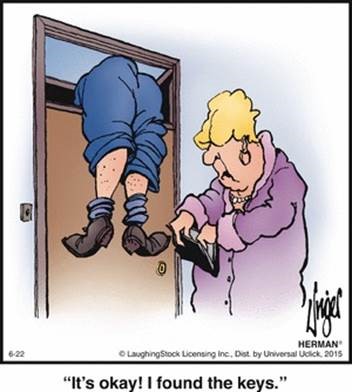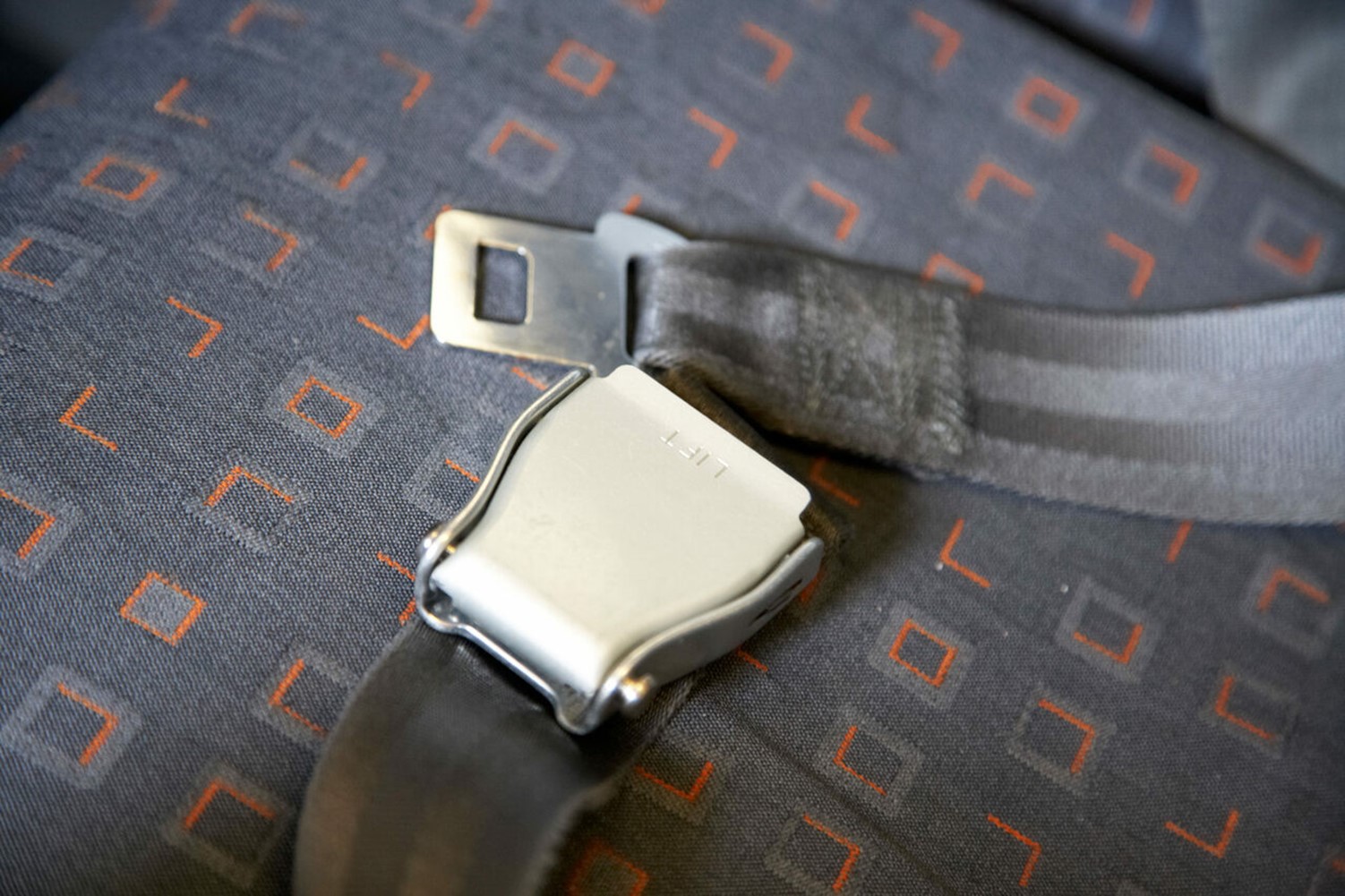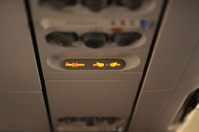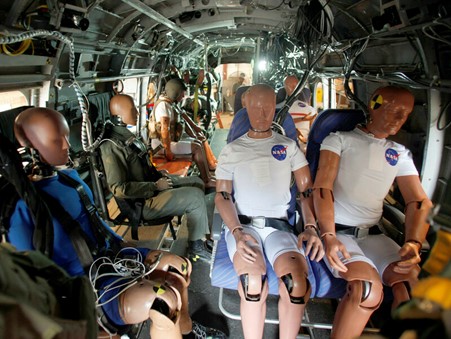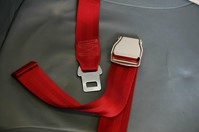|
|
||
|
||
|
Privacy Policy | Editorial Policy | Profit Policy | Join the Association | List of Members | Contact us | Index | Links |
||
|
Back Go to page: 1 2 3 4 5 6 7 8 9 10 11 12 13 14 15 16 17 18 19 20 Forward |
||
|
John Laming
Aeroplanes and other stuff. |
||
|
Contents.
Concord crash - French to blame? Decoding aircraft seat belt design.
|
||
|
|
||
|
The kid glove treatment.
New recruits to the so called "hospitality" industry are taught that in all things, the customer is always right. Obnoxious fools that complain unfairly about the standard of food or service, are to be treated with the utmost politeness and servility according to management instructions. I envy the patience and fortitude that is often displayed by shop assistants, waitresses, hotel staff towards customers who are rude and insulting and who should be thrown out on their ear. Yet it is ultimately the customer who pays the money that keeps the employee in a job and puts food on the table. This applies from the manager of a business right down the line to the newest employee. Keep the customer happy and you eat - it is as simple as that.
In the airline industry it is usually the cabin crew who come face to face with the loud mouths, the drunks, the ungrateful, and sometimes the dangerous. One written complaint and invariably the flight attendant is before the Management court with his or her job on the line. There is no grilling of the customer, but the flight attendant will be interrogated with the view of guilty of upsetting a passenger unless irrevocably proven innocent. Membership of a strong trade union will sometimes balance the scales of justice.
Occasionally a nasty passenger will get just deserts. Like the groping Kiribati seaman in seat 15A of the Air Nauru Boeing 727 which was en-route from Hong Kong to Tarawa via stops at Taipei, Guam, Ponape and Nauru. With other members from the crew of a cargo ship, he had been paid off after the vessel had completed its voyage to Hong Kong. His six month contract completed, the seaman was returning to his island home. The sight and close proximity of a cabin crew of beautiful Pacific Islands air hostesses was all too much for him after the hardened whores in Hong Kong.
A few beers, and the seaman became bolder in his advances towards the No.4 junior air hostess working in the rear of the cabin. Her training had briefly covered the handling of cranky customers and crying children, but she was ill prepared for the groping hand of a leering seaman. She snapped back which caused much loud laughter from the rest of the seamen in adjoining seats. The culprit grew angry at the lack of interest from the young air hostess who was from his own island, and renewed his passes at her. Eventually she complained to the captain who decided to personally sort out the chap in 15A.
Leaving the first officer at the controls, the captain entered the cabin and ordered the seamen to keep his hands to himself. He also instructed the cabin staff not to serve any more alcohol to the man.
The seaman was unimpressed by the presence of the captain wearing four gold bars on his epaulettes, but agreed to behave. Shortly after the captain had returned to the flight deck however, the seaman made a drunken pass at another of the air hostesses and it became obvious that the situation was deteriorating with the junior hostesses fearful of continuing with cabin service at the rear of the aircraft.
The aircraft had just started to descend toward Taipei, when the captain again appeared in the cabin and shirt fronting the seaman threatened to have him put off the aircraft on arrival at Taipei. The seaman considered himself somewhat of a bush lawyer and argued with the captain over his rights as a fare paying passenger.
The captain calmly played his trump card and told the passenger that unless he promised not to make a further nuisance of himself, not only would the captain have him arrested by the airport police on arrival at Taipei, but that arrangements would be made to have him tortured in prison. This threat had the immediate desired effect and to twist the knife a little further, the captain ordered the seaman to apologize to each of the cabin crew individually. The remainder of the flight was uneventful, with the seaman and his ship mates being model passengers all the way to Kiribati. There were no complaints made to the airline management..
Up yours.
A few years later I was in command of G-BKMS a British Paramount Airways Boeing 737 operating a holiday charter flight from Berlin to Tel Aviv and return. We had a full load of passengers for the return trip, which meant we could not take enough fuel in the tanks to get to Berlin with normal reserves. The problem was exacerbated by strong forecast headwinds and poor weather for the arrival. We contacted our company agent by radio who advised that approval had been received to land en-route for fuel at Linz in Austria.
After take off from Tel Aviv, I made a PA to the passengers that our arrival into Berlin would be behind schedule due to a requirement to refuel at Linz. Most of them were Germans nationals returning from sight seeing tours of the Holy Land. An hour into the flight, a German cabin attendant reported that one of the passengers, who was a journalist for a Berlin newspaper, was being generally rude and unpleasant to the cabin staff and making pointed criticism of the decision to stop at Linz.
Now German female cabin attendants are invariably tall, blonde and beautiful. Our crew were no exception, and certainly they are no shrinking violets when it comes to handling prickly passengers. I was surprised therefore when a little later the senior hostess appeared on the flight deck with tears in her eyes. She said that the journalist passenger had been complaining to all around that the service was poor and that in his opinion there was no reason for the aircraft to land at Linz.
I made another PA apologizing for the delay into Berlin due to the intermediate landing and stated a requirement for passengers to remain on board at Linz while refuelling took place. The senior flight attendant repeated the message in German. Apparently this did not satisfy the journalist, and he continued to annoy the staff with continuous pressing of his service call button.
I felt very sorry for the hostesses who had had a long and arduous flight from Berlin, because by the end of the day they would have been on duty for 14 hours and this clown had really upset their routine. I decided to have a chat with him during the stop-over at Linz. At this stage I was unsure of the ramifications of tackling a recalcitrant German passenger on the ground in Austria in a British registered aircraft leased by a Berlin tour operator!
Nevertheless, as the captain of the flight, I had a legal responsibility for its safe conduct.
|
||
|
|
||
|
After landing at Linz, the first officer took care of the refuelling and paperwork, while I jammed my uniform cap on my head to make me look taller and went down the back amongst the sea of passengers to find my man. Fortunately, he was a short-arse too and he spoke excellent English. He told me that he had done the trip several times with a German airline and had always flown direct Tel Aviv to Berlin without a stop. I tried to explain patiently that the hot temperatures at Tel Aviv coupled with strong return headwinds dictated that a landing was essential at Linz. He began to argue and at that point I blew up and suggested somewhat incautiously that he fly the bloody aircraft himself. Our relationship deteriorated immediately and I told him to stop hassling the cabin crew and to sit down and shut up. To my amazement there was loud hand-clapping and cheers from the rest of the passengers who had also been annoyed at his boorish behaviour towards the cabin crew.
I pondered my limited future with this airline if the journalist went to print and decided reluctantly to write a short note of apology to him. I gave a brief listing of the weight of the aircraft, its payload and the fuel requirements, stating that these figures would prove that an en-route landing was necessary. The note was delivered to the passenger just before landing. He tore it up in front of the air hostess who had given to him.
|
||
|
|
||
|
At Berlin the wind and rain lashed the aircraft and as we landed my mood was as foul as the weather. The passengers disembarked and climbed aboard waiting buses while our company agent came into the flight deck to collect the paperwork. His name was Klaus, and he asked did we have a pleasant trip. The senior hostess had already mentioned the troublesome passenger to him and as we talked I had a glimpse of the journalist stepping into a bus. I pointed to him through the cockpit window and told Klaus that this bloke had been a problem to us all and could he perhaps take the passenger aside and have a word in his pink ear.
Klaus then said that he recognized the passenger as a regular traveller who was known to airline staff as complaining type. Meanwhile he promised to have a chat with the journalist in the airport terminal.
Twenty minutes later, and as we boarded the crew bus to go to our hotel, a smiling Klaus appeared in the doorway. He said that he had had a word with his colleagues at Customs and Immigration at the airport and explained that a certain passenger had been a real pain in the neck to the crew and could they suggest a remedy. They certainly could apparently and the passenger was quickly separated from the rest and taken to a special room. There he was told politely to strip off and a full body search was carried out. When the passenger protested, a rubber gloved finger was unceremoniously shoved up his posterior and carefully rotated a few times. He was then left to shiver in the cold room, until his clothes were returned. Klaus said that the chap had definitely got the message and doubted that he would cause any more trouble in the future..
So yes, there really is a Santa Klaus, and he lives in Berlin...
|
||
|
|
||
|
Concorde crash, French cover up claims ex pilot.
Back in September, 2019, former Concorde Pilot John Hutchinson, spoke out at a RAF Museum lecture citing a French cover up.
The Royal Aeronautical Society (RAES) lecture by Concorde pilot John Hutchinson was fascinating and astonishing. He presented clear evidence that the French authorities, who conducted the crash investigation, covered up the true cause and tried to blame Continental airways engineers and design weaknesses in Concorde. According to Hutchinson, the truth is that Air France was totally to blame.
|
||
|
|
||
|
Firstly he said in his lecture their maintenance procedures were extremely poor. During an undercarriage service a spacer, that kept the wheels tracking straight, was not replaced. The spacer was later found on the shelf in the maintenance hangar. The aircraft had done four flights with this defect prior to the crash so it wasn’t the prime cause, but as with all accidents there were a number of other errors that all added up. This may have been another successful flight had the crew not of had such a cavalier attitude to flight safety. Hutchinson went on to say the first officer’s licence had expired making the flight illegal. This wasn’t a factor in the crash but demonstrates the unprofessional attitude in Air France.
Hutchinson, above, said the main fault lay with the Captain who overrode procedure and ordered the tanks to be filled to the brim instead of the normal 80%. He ordered more fuel than was required to be put in the aft tanks used for taxiing.
He also allowed 19 bags, that had not been weighed, to be loaded in the crafts hold. All this made the aircraft over-weight.
Presumably due to the weight and balance being out of limits he requested to use the runway extension, even though it was officially out of use because it was being re-surfaced. He also elected to take off with an 8 kt tail wind.
The French investigations verdict was that the crash was caused by a metal strap falling off a Continental airways DC10 onto the runway which burst a tyre, punctured the Concorde’s fuel tank starting a fire. What really happened, Hutchinson said, was that as the aircraft accelerated over the unprepared part of the runway it hit a ledge as it crossed onto the prepared surface at about 100kt. This caused the wheels to track to the left as they had no spacer to constrain them. The tyres overheated and burst starting the fire. The aircraft slewed off the runway to the left, hit a runway light and the metal strap which carved a piece of tyre off which was then thrown up into the wing tank setting up a shock wave. As the tank was full there was nowhere for it to go other than out through the top of the wing streaming fuel into the engine efflux.
The engine overheated but wasn’t on fire and was still producing power.
The flight engineer ignored normal procedure and shut the engine down. As the aircraft was past V2 Hutchinson explained he should have allowed the aircraft to gain height before doing that. All this contributed to the aircraft crashing into a hotel killing all 109 on board and 4 people in the hotel.
Hutchinson revealed the death toll could have been a lot worse.
As the Concorde was careering off the runway it missed a fully loaded 747 waiting for permission to cross, by just 20 feet. On board that aircraft was the President of France and his wife. In addition to that a British youth orchestra had planned to stay in the hotel. Had it not been for their ferry being delayed they would have checked in and certainly perished as well.
Hutchinson then lectured what makes the French authorities’ actions even worse was that they obstructed the UK’s AAIB investigation, not allowing full and timely access to the crash site and certain evidence. The French prosecuted the Continental Airways engineers for manslaughter and they unfairly blamed design weaknesses in Concorde. The engineers were later acquitted on appeal, and this is where much of the hidden evidence came to light.
After the trial the French barrister, who successfully defended the engineers, was mysteriously found dead but the French didn’t hold an inquest into that.
A disgraceful chain of events that eventually led to Air France, who wanted to see Concorde grounded, putting pressure on Airbus, who were the design authority for Concorde, to increase their charges to British Airways. This was a deliberate act to make the aircraft too expensive to operate and resulted in an unjustifiable slur on the reputation of one of the greatest aircraft ever to fly.
John Hutchinson joined the Royal Air Force in 1955 and spent eight years in the service, flying the Avro Shackleton in Singapore and then as a Flying Instructor and Examiner on the Jet Provost. This was followed by three years in corporate aviation flying a variety of light single and twin engine aircraft. He joined British Airways in 1966 as a co-pilot on the Boeing 707 and then went on to the Boeing 747. He gained his command on the VC10 in 1976. He joined the Concorde fleet in 1977 where he spent the next 15 years until retirement. During that time he became a Concorde Route Check Captain and a British Airways pilot selector. Since retirement from British Airways in 1992, he has worked as a consultant to the United States High Speed Research Programme. He sits on an Air Safety committee of the Royal Aeronautical Society and advises as an Expert Witness in aviation related legal actions. He has lectured extensively all over the world to a wide variety of Companies, Universities, organisations and Aviation Museums, but his favourite has always been, and will remain, the great privilege of lecturing on cruise ships.
|
||
|
|
||
|
Decoding the design of in-flight seat belts.
Why we buckle up differently in cars and planes.
The standard economy-class airplane seat has a few hallmarks. The tray table on the back of the seat in front of you, secured by a swivelling plastic pin. The button on the armrest for reclining your seat, (if you’re lucky) which is an extremely rude or a totally fine thing to do, depending on your point of view and, perhaps, the duration of the flight. And then there’s the seat belt.
What is the deal with this seat belt? It is not like other seat belts. It is a lap belt only, in two pieces, secured by an industrial-feeling flip-flop buckle that sits directly in the centre of your lap. Car seat belts are not like this. Even race car seat belts are not like this. In fact, no other modern seat belt is like this. Why?
It was difficult finding the reason, AmSafe, probably the biggest manufacturer of aircraft seatbelts, did not respond to repeated requests for comment. Various air travel safety experts either did not respond, stated that they did not know anything about seat belts, or declined to comment. One prominent manufacturer did agree to an interview; two nice engineers answered some questions but their names weren’t mentioned. Amy Fraher, the author of The Next Crash: How Short-Term Profit Seeking Trumps Airline Safety, actually ended an email with this sentence: “Nobody wants the public to know the truth!”
Seat belts, or safety belts, or restraints, have been around since well before airplanes, or even cars, having been patented in the U.S. for the first time in 1885. They were not found in early cars and remained at best an option in certain forward-thinking automaker lines, most notably Saab, until the late 1950s. In 1966, the publication of Ralph Nader’s book Unsafe at Any Speed, which attacked the auto industry for refusing to institute basic safety features in its cars, prompted the first American law to require all vehicles (except buses) to provide safety belts.
Seat belts became common in airplanes by the 1930s and 1940s, though even in 1947 there was pushback from the airline industry. They often insisted that a tight belt could cause internal damage upon a crash. This is very rarely true and also pales in comparison to the number of injuries, internal and external, that are caused when a passenger doesn’t wear a seatbelt. The US Federal Aviation Act of 1958, spurred by several airplane crashes, began the move towards better safety requirements; these were codified in 1972 and have been occasionally updated ever since.
The specific buckle used in aircraft was already old-fashioned by 1972. It’s called a “lift lever buckle” in the industry and it was common in the first few decades of mass-market cars, but by the early 1970s had widely been replaced with what are called “push-button” buckles, some version of which is likely in your modern car right now. Also, by this time, some carmakers, especially luxury or more experimental carmakers (read: Swedish carmakers), were playing around with what’s called the three-point harness. That’s the standard seat belt in cars now: it’s a two-part belt that includes a shoulder belt that goes across the chest as well as a lap belt, and which buckles at the hip.
There are a few reasons why the lift-lever lap belt vanished from cars but not from airplanes. For one thing, a shoulder harness in a car is attached to the car’s frame, a very sturdy part of the car. In an airplane, it would have to be attached to the wall (“bulkhead”), which is less sturdy. You could attach it to the seat, but you’d have to reinforce the seat, which increases weight, which we don’t want.
The buckle itself has the benefit of being fairly secure—it’s hard to unlock it accidentally—but fairly easy to unlock in an emergency. A car-style push-button buckle, which is typically mounted at the hip, could open on impact if something bangs against the button and given the meagre room in economy class, nobody wants to be digging around between the seats to find a buckle in a crash situation.
Lift-lever lap belts have remained basically unchanged for decades, aside from a shift in the material of the strap itself to be less stretchy. That makes them deliciously cheap for notoriously budget-conscious airlines. But cheapness isn’t the end of the story.
Airplane safety is not like automobile safety, because airplanes are not like cars. The primary goal of an aircraft seatbelt is not to save your life if the plane crashes as there’s not much in the way of conventional safety gear that would help you. You can survive a car crash in which the car is totalled; your chances of survival in an equivalent plane crash are significantly less rosy. Aircraft safety belts are designed to keep passengers in their seats during minor and more common events, like turbulence or collisions on the runway. In those instances, what you really don’t want is to be unsecured in an outrageously fast-moving vehicle, free to bang your delicate body into walls, ceilings, chairs, and other people.
Another primary difference is in the way airplanes move, compared with cars. Car accidents typically involve forward or backward or sideways motion, because cars generally stay on the ground. With that risk, you want a shoulder belt: it’ll stop your entire upper body from bouncing around due to sudden acceleration or deceleration, but in a plane, it’s more likely that you want to protect from up and down movement, as with turbulence. And a shoulder belt doesn’t do you much good for that.
|
||
|
|
||
|
Crash testing seatbelts in a helicopter at NASA’s Langley Research Centre.
|
||
|
Because the goal of an airplane seat belt is different than that of a car’s seat belt, it’s permitted to be different. The metric you have to know here is called “pitch,” which is the distance between your seat and the seat in front of you (or the wall in front of you, or the wall next to you, or whatever’s around you). The US FAA figures out safety needs by placing a crash test dummy with an accelerometer in its head in a seat and crashing it. The amount of speed the dummy’s head gets up to before smashing into something determines what kind of safety harness you need. The more speed, the more protection you need; more speed is more danger. If this is a confusing idea you can try banging your head slowly into a wall and then very very quickly into a wall. When you’ve regained consciousness, you’ll understand how this all works.
The more pitch between your noggin and the obstacle around you, the more room you have to accelerate, and thus the faster your fragile brain case will smash. The FAA’s regulation thus means that the more room you have, the more serious your restraints need to be. In an economy seat, the only thing you can really hit is a smooth seatback in front of you and it’s also about nine inches away from your face, which doesn’t give you much room to accelerate and thus decreases your restraint needs. In first class? You have more room, and more danger, and so in the few planes to have instituted three-point harnesses like in cars, they’re in first or business class.
For the pilot and crew, the needs are even more intense. A pilot has a lot of room to move around, and also a whole lot of pointy things to smash into in the event of a crash or disturbance. So, pilots usually have five-point harnesses, similar to what you’d see in a race car’s cockpit. In some small aircraft, shoulder harnesses have been required for all passengers since 1986.
That said, a three-point harness is not a lot safer than a lap belt in economy class; a lap belt is sufficient according to current FAA regulations. There is, according to interviews with injury research specialists, very little data on how shoulder harnesses and other restraints in general would affect the safety of airplane passengers and without data pushing the airlines to invest in different harnesses, they’re perfectly content to follow the letter of the law.
Back in 1993, an advisory circular from the FAA did make a strong argument for installing three-point shoulder harnesses, just like in cars. A quote: “Accident experience has provided substantial evidence that use of a shoulder harness in conjunction with a safety belt can reduce serious injuries to the head, neck, and upper torso of aircraft occupants and has the potential to reduce fatalities of occupants involved in an otherwise survivable accident.”
And yet even then, the FAA did not seem to have much confidence in the cooperation of the airlines. Again, from that circular: “It is often heard that a shoulder harness is cumbersome, unwieldy, hot, and uncomfortable to use. Such objections for not installing and using a shoulder harness should be dispelled in view of the benefits gained from a correctly designed, installed, and used shoulder harness-safety belt system.” That circular is just a guide to anyone wanting to install shoulder belts in their airplane; it’s an elaborate consideration of all the best practices for upgrading, not a suggestion that shoulder belts be mandatory. Even so, it makes a pretty decent argument for not retaining the absolute minimum in safety restraints.
The aircraft industry has made some minor steps towards upgrading this system, instituting belts that actually have little airbags right in them. But the venerable lift-lever lap-borne seatbelt costs about $50 each and passes the FAA’s requirements. So they remain in our seats.
|
||
|
|
||
|
|
||
|
|
||
|
|
||
|
Back Go to page: 1 2 3 4 5 6 7 8 9 10 11 12 13 14 15 16 17 18 19 20 Forward |
||

